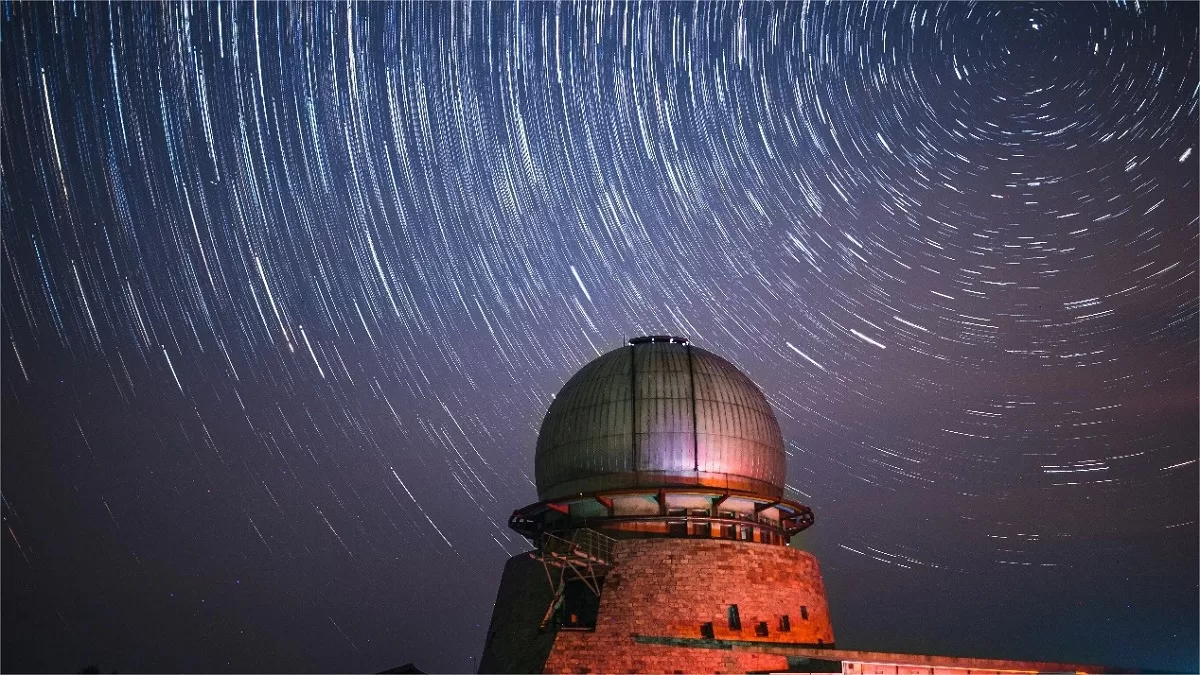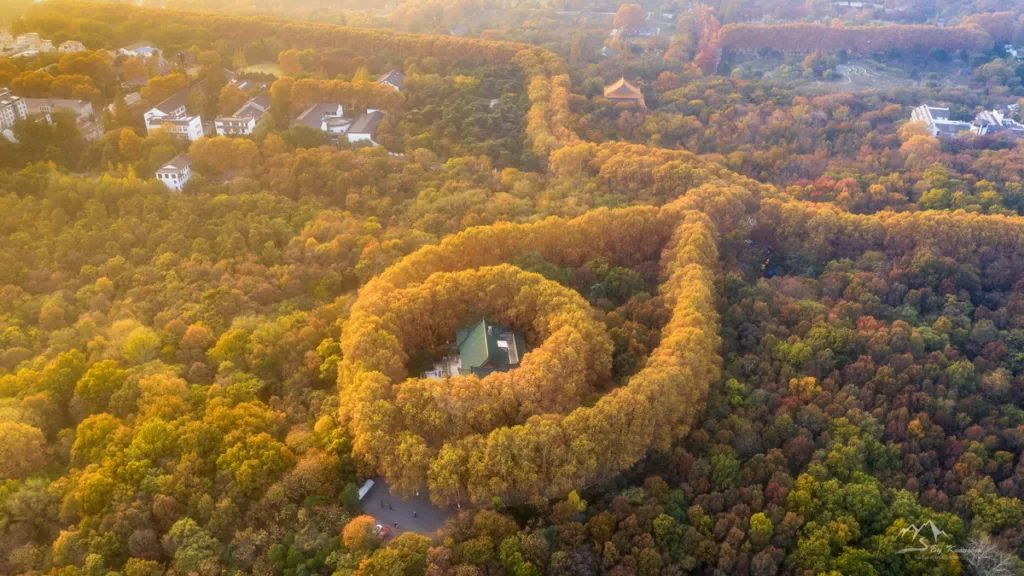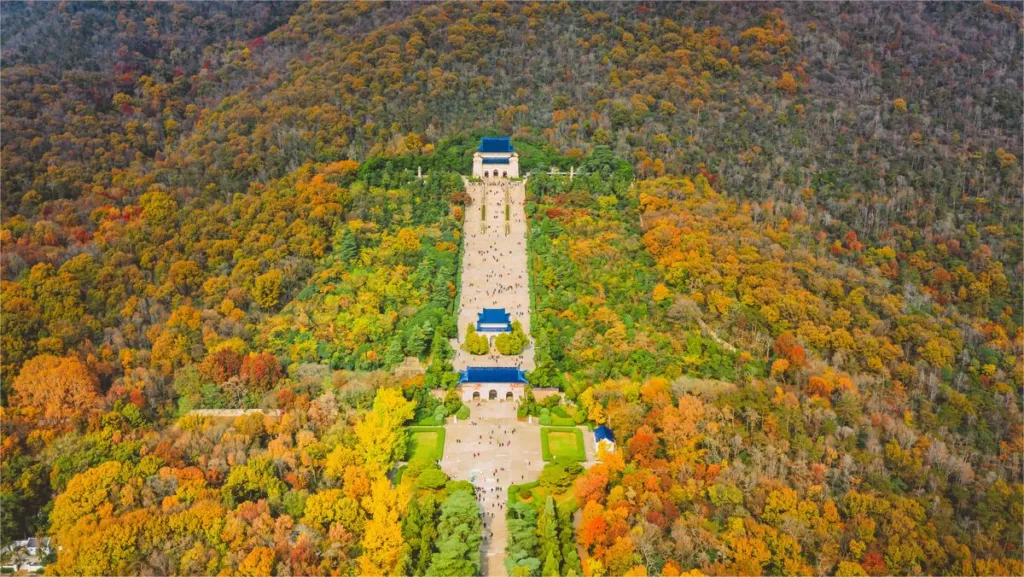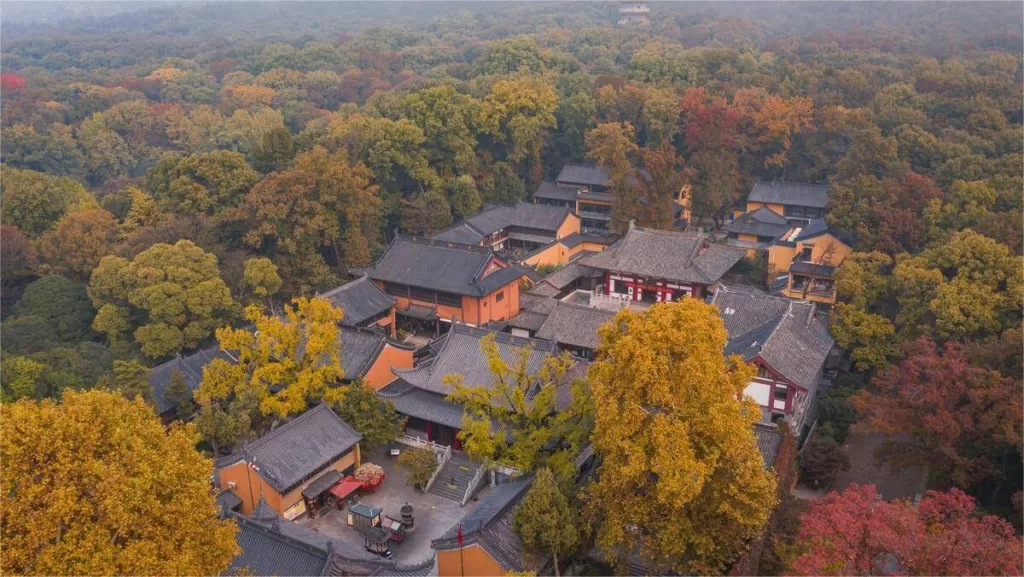The Purple Mountain Observatory, known as 中国科学院紫金山天文台 in Chinese, stands proudly atop the third peak of the Purple Mountain, with an elevation of 250 meters. It holds a distinguished place in the history of Chinese astronomy as the first modern astronomical research institution founded by Chinese scientists. Often referred to as the “Cradle of Chinese Modern Astronomy,” this remarkable observatory has played a pivotal role in advancing the field of astronomy in China.
The roots of the Purple Mountain Observatory trace back to the National Astronomical Research Institute of the Academia Sinica, which was established in February 1928. However, it wasn’t until August 1934 that the observatory itself was built, marking the official beginning of modern astronomical research in China. Numerous branches of modern Chinese astronomy, as well as many astronomical observatories, have their origins and expansions linked to this institution.
Table of Contents
- Basic Information
- Location and Transportation
- Highlights of Purple Mountain Observatory
- Vlog about Purple Mountain Observatory
- Useful Tips Summarized from Reviews
- Attractions Near Purple Mountain Observatory
Basic Information
| website | http://www.pmo.ac.cn/ |
| Estimated Length of Tour | 1 – 2 hours |
| Ticket Price | 15 RMB |
| Cable Car | One-way: 60 RMB Round: 100 RMB |
| Opening Hours | 9.00 – 17.00; Last admission: 16.30 |
| Telephone Number | 0086-025-84347503 |
Location and Transportation
Purple Mountain Observatory is situated in the scenic surroundings of Purple Mountain, also known as Zijinshan, located in Nanjing, Jiangsu Province, China. The Purple Mountain, with its lush greenery and tranquil atmosphere, serves as an ideal location for astronomical observations and research. To get there, you can choose the following ways:
Bus: Take bus 20 or 315, get off at Purple Mountain Cable Car Stop (紫金山索道站), and then you can either walk along the trails or take the cable car to reach the observatory.
Metro: The nearest metro station to Purple Mountain Observatory is Gangzicun (岗子村) on line 4. After getting out of the station, transfer to bus 315 to reach the attraction.
Highlights of Purple Mountain Observatory
Meteorite Museum

As you enter the observatory grounds and ascend the steps, you’ll be greeted by the Meteorite Museum. Covering an exhibition area of approximately 200 square meters, this museum houses a collection of over 20 precious meteorites. Visitors can get up close to these celestial visitors from space, gaining insights into the world of meteorites. It’s an opportunity to learn about these extraterrestrial objects, their characteristics, and the impact they’ve had on our understanding of the universe. The museum also offers a range of meteorite-themed creative products for visitors to purchase as souvenirs.
Ancient Astronomical Instrument Display Area

One of the highlights of the observatory is the exhibition of ancient astronomical instruments. Among these, the armillary sphere, or “天球仪” (tianqiuyi), stands out. Resembling a globe with a multitude of stars imprinted on its surface, this particular armillary sphere was created by the Qing government in 1903 as a replica of the original. The collection also includes circular instruments representing the orbits of various planets, intricately designed and crafted during the Ming Dynasty. These instruments were not only remarkable for their precision in measuring the positions of celestial bodies but also for their exquisite dragon-shaped sculptures and cloud motifs on their stands, which leave visitors in awe. Additionally, visitors can explore ancient timekeeping devices like the sundial and the modern marine chronometer.
Historical Observatory Site

In front of the old observatory, a traditional Chinese-style stone archway with blue glazed tiles stands proudly. When the observatory was first constructed, it was designed to reflect a distinctly Chinese aesthetic. As a result, the observatory’s architecture was a testament to this vision, with circular domes for observing the skies and traditional Chinese architectural features throughout the complex. Inside the observatory, you can find a decommissioned 600mm reflector telescope imported from Germany in 1934. This massive instrument, which has since retired from active use, is available for visitors to view and appreciate.
Vlog about Purple Mountain Observatory
Useful Tips Summarized from Reviews
Access and Parking:
- You can drive directly to the Purple Mountain Cable Car parking lot.
- It takes about 12 minutes on foot from the cable car lower station to reach the observatory through mountain trails.
- Note that the cable car stops operating at 5:00 PM.
Cable Car Stations:
- The cable car has two stations: the first station is the Astronomy Museum, and the second station is the mountaintop Tuo Ling Scenic Area.
- The mountaintop is the main area for observing sunrise and sunset, so plan your visit accordingly.
Night Climbing:
- Climbing the mountain at night can be dark, so it is recommended to bring a flashlight or a headlamp.
- Ensure you have enough drinking water since the small shops along the way close at night.
Heading to Tuo Ling Scenic Area:
- If you wish to reach the Tuo Ling Scenic Area at the mountaintop, follow the signs when exiting the Purple Mountain Observatory.
- There are signs leading to the West Ma Yao area. It takes approximately 20 minutes to ascend to West Ma Yao, and from there, you have two routes to reach the mountaintop: a staircase route (more strenuous but time-saving) and a cement road route.









It is recommended to take the shuttle bus, which costs 10 yuan per person. There are no restrooms on board, so it’s advisable to use the restroom across from the 711 convenience store before entering. The bus can be parked in nearby parking lots or on the roadside.